Literally meaning the Palace of Mirrors, Sheesh Mahal was built as a part of the Old Moti Bagh Palace in the 19th century. There are a lot of frescoes, mostly made under the reign of Maharaja Narinder Singh.
There is a lake in front of this palace along with a bridge called Lakshman Jhula, which adds to its beauty. There is a museum along with this palace as well which has the largest collection of medals from the world.
The Sheesh Mahal or the ‘Palace of Mirrors’ in Patiala (Punjab) was built by Maharaja Narinder Singh (1845-1862) behind the main Moti Bagh Palace. The Palace was built in a forest with terraces, gardens, fountains and an artificial lake. The lake has two watchtowers in the north and the south, and is connected to the Banasar Ghar, a repository for stuffed animals. The Sheesh Mahal, which was a residential palace, has a suspension bridge that is a copy of the Lakshman Jhoola at Rishikesh.
Maharaja Narinder Singh was known to be a great patron of art and literature. He engaged great painters from Kangra and Rajasthan to paint the walls of the Sheesh Mahal with a variety of images pertaining to literature, mythology and legends. Their works depict the vision in the poetry of Keshav, Surdas and Bihari. The paintings also portray Raga-Ragni, Nayak-Nayika and Bara-masa in Rajasthani style. The walls and ceilings of the Sheesh Mahal are rich in floral designs and its interior is a kaleidoscope of images and multi-coloured lights. Amongst the Sheesh Mahal’s most highly recommended displays are a series of Kangra-style miniatures depicting the Geet Govind, an epic poem by Jaidev. The Sheesh Mahal draws its name from the exquisitely designed glass and mirror work, which covers an entire section of the palace.
The Sheesh Mahal also consists of a museum, which displays fine objects of Tibetan art, particularly the sculpture of different kinds of metals. Ivory carvings of Punjab, royal wooden carved furniture, and a large number of Burmese and Kashmiri carved objects have also been exhibited. One can see huge portraits of the rulers of Patiala adorning the walls of museum hall. The museum’s collection also includes some rare manuscripts. Besides Janamsakhi and Jain manuscripts, the most valuable possession is the Gulistan-Bostan by Sheikh Sadi of Shiraz, which was acquired by the Mughal Emperor Shah Jahan for his personal library.
The Medal Gallery set up in the Sheesh Mahal has on display the largest number of medals and decorations in the world, numbering 3,200. These were collected by Maharaja Bhupinder Singh from all over the world. His illustrious son Maharaja Yadvindra Singh gifted this priceless collection to the Punjab Government Museum. The collection contains medals from England, Austria, Russia, Belgium, Denmark, Finland, Thailand, China, Japan and a host of other countries of Asia and Africa.
Besides medals, there is a rare collection of coins. This numismatic collection presents a vast range from the punch-marked coins to those issued by the princely states in the 19th century. These coins characterize the Country’s history of trade, commerce, science and metallurgy.
The Sheesh Mahal was built behind the main Moti Bagh Palace to serve as a pleasure complex.The paintings in two of its well maintained , mirror-worked chambers are of Kangra and Rajasthani qalam, depicting the poetic visions of Keshav, Surdas and Bihari. The Sheesh Mahal now houses a museum, an art gallery, the famed medal gallery and also the North Zone Cultural Centre.
How to Reach:
By Air
The nearest Airport is at Chandigarh
By Train
Railway Station is around 5 KM
By Road
Bus stand is around 5 KM



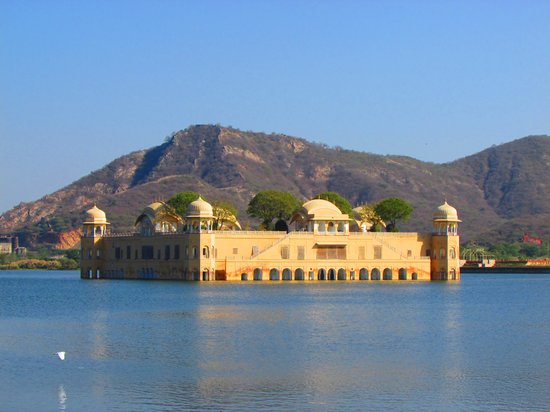
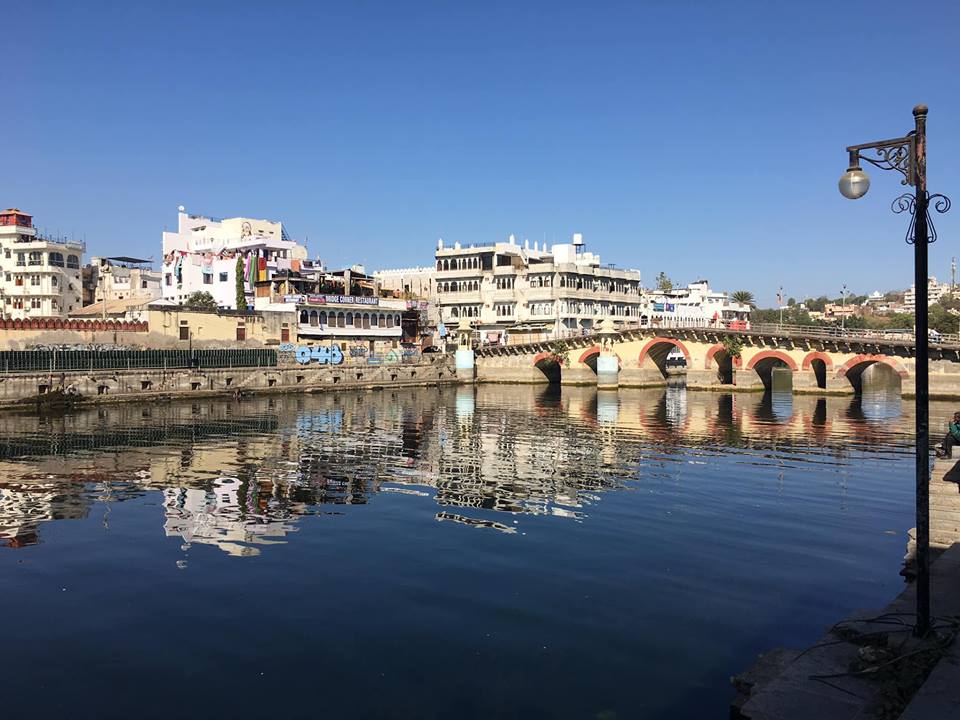
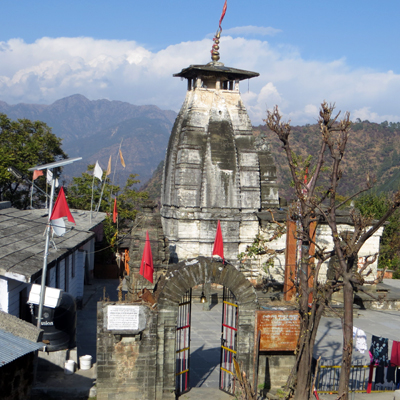

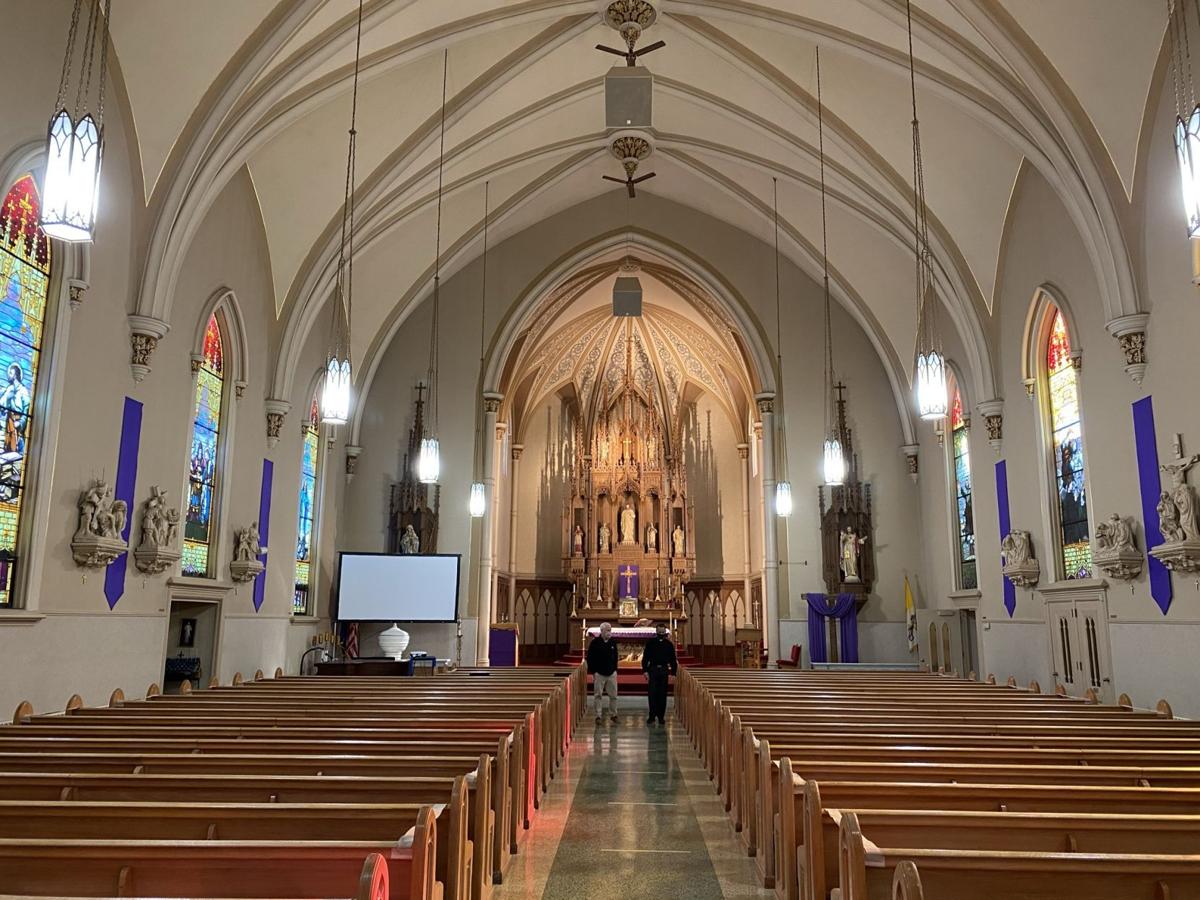

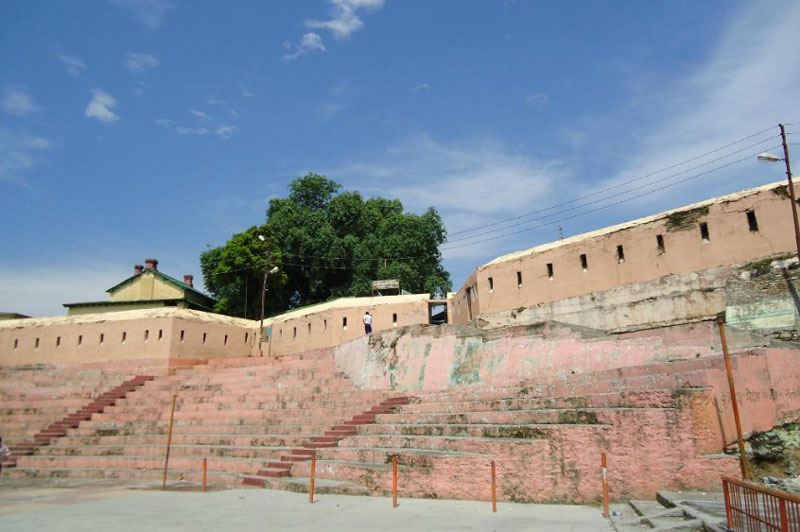


4 Comments
Comments are closed.